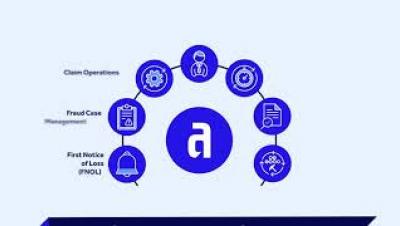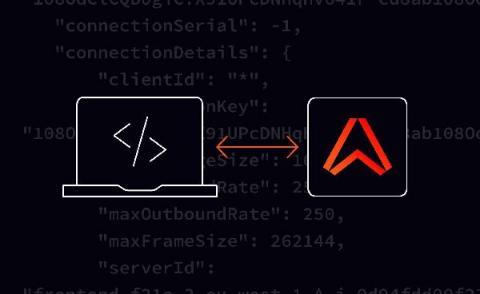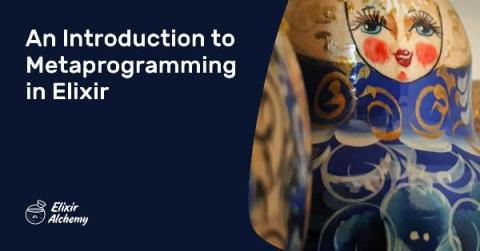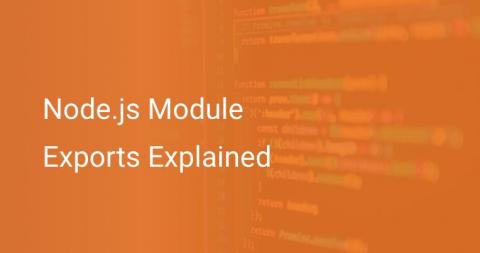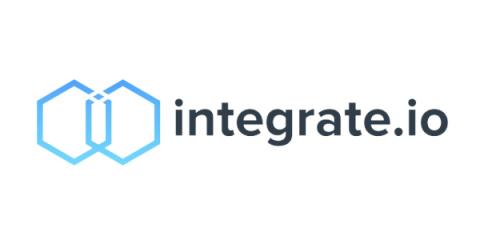Systems | Development | Analytics | API | Testing
%term
LoadFocus
Loadero
k6
Early-stage growth: Why shifting the founder mindset is critical to acquiring your first 10 customers
Growth. It’s the mountain every startup founder must learn to climb in order to run a successful business. And as with any great mountain, the journey to the top never feels more daunting than at the base. How your startup earns its first 10 customers will set the tone for the rest of the trek and determine how fast your team reaches the summit — if at all.
How to Develop a Cloud Native Infrastructure
More and more companies are eager to move their operations to the cloud. Yet, there’s quite a bit of ambiguity on what moving to the cloud actually means. Is your business running in the cloud while you host your database on another platform or while you rely on a third-party service to handle your payments? That’s a good start for moving to the cloud, but there are many other aspects to consider when building a cloud native infrastructure.
How to connect to Ably directly (and why you probably shouldn't) - Part 2
In Part 1 of this two-part series, we walked through how to bypass Ably’s SDKs and connect to Ably’s backend using websocat, where every JSON message has to be typed out by hand. In this second part, we’ll fix that tedious bit by switching to NodeJS, and we’ll continue our process of building our own minimal Ably (NodeJS) SDK.
An Introduction to Metaprogramming in Elixir
In this world, there are many mysteries — but few are as elusive as metaprogramming in Elixir. In this four-part series, we’ll start by looking at core concepts and then explore how metaprogramming operates in Elixir specifically. Let’s develop an understanding of metaprogramming and uncover some Elixir metaprogramming secrets!
Node.js Module Exports Explained
As Donald Knuth very wisely put it, computer programming is an art. And an integral aspect of writing clean code and staying true to this art is modularity. This post will cover the use of modules in Node.js — what they are, why they are essential, and how to export and import them in your project. Here’s an outline of what we’ll be covering so you can easily navigate or skip ahead in the post.


